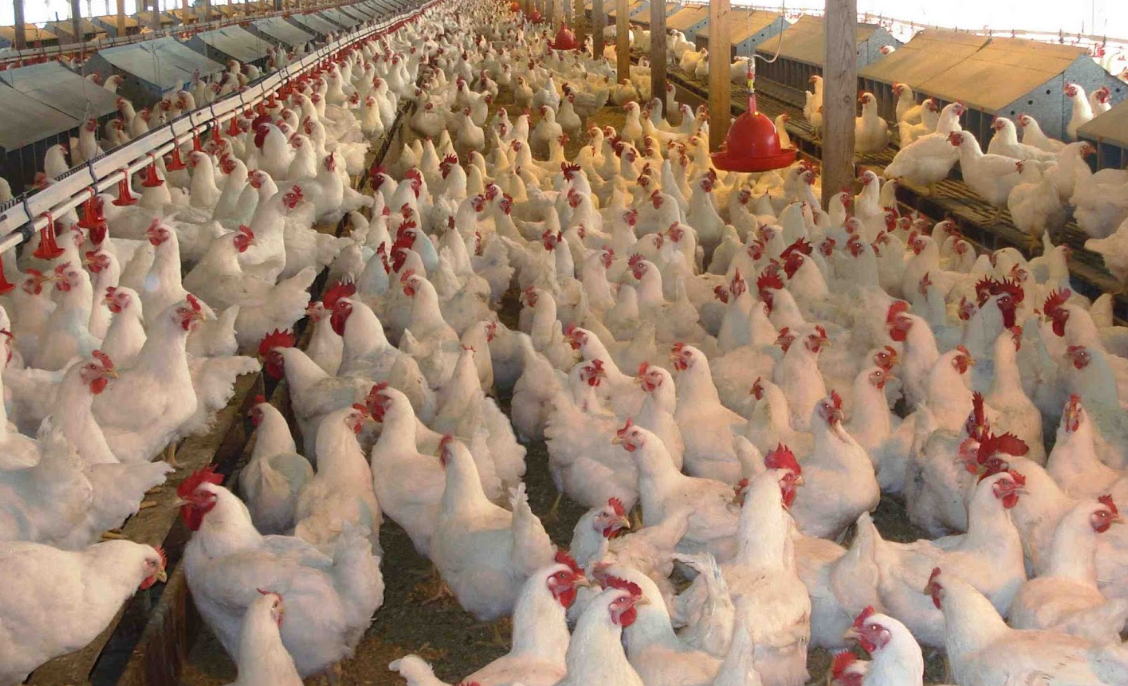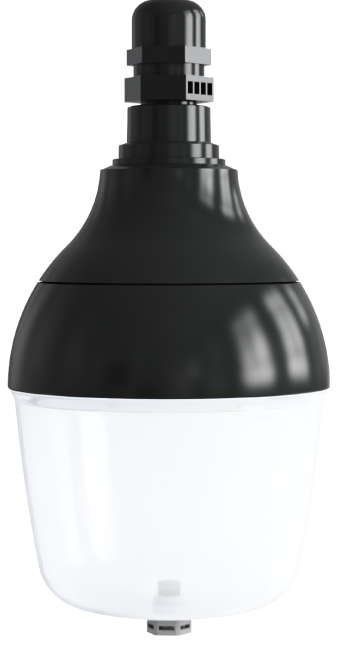Should you leave a light on all night in a chicken coop?

Directory:
1. Photoperiod Management and Productivity
2. Light Intensity Preferences by Activity
3. Welfare-Optimized Lighting
4. Energy-Efficient Implementation
5. Evidence-Based Recommendations
1. Photoperiod Management and Productivity
Controlled Light Extension:
Supplemental lighting can enhance egg production in layers when used strategically. A 2021 study on Bangladeshi hilly chickens demonstrated that extending daylight by 2–3 hours (via 40W bulbs) increased annual egg yield by 4.2–5.8% per additional hour (Rahman et al., Poultry Science). However, this practice involves gradual evening light extension, not continuous illumination.
Circadian Disruption Risks:
Chickens rely on circadian rhythms to regulate feeding, melatonin production, and reproductive cycles. Research exposing layers to 130 lux constant light (Dunn et al., 2022. Applied Animal Behaviour Science) found 12–15% reductions in nighttime resting behavior, though core circadian genes (e.g., CLOCK, BMAL1) remained entrained. Prolonged exposure (>7 days) increased plasma corticosterone by 22%, indicating stress.
2. Light Intensity Preferences by Activity
Broiler Behavior:
Feeding/Activity: 20–40 lux (mimics dawn/dusk)
Resting: ≤5 lux (preferred for sleep, per infrared video studies)
Layers:
Nesting areas require 30–50 lux to stimulate egg laying, while perches should be ≤5 lux to encourage roosting.
3. Welfare-Optimized Lighting
Dark Period Necessity:
A minimum 4-hour uninterrupted darkness (per NCC Animal Care Guidelines) is critical for immune function and skeletal health. Constant light suppresses melatonin, increasing oxidative stress markers by 18–25% (Mashaly et al., 2016).
Low-Stress Lighting:
Dim "night lights" (1–2 lux, red spectrum) allow flock monitoring without disrupting sleep. Blue wavelengths (>480 nm) should be avoided at night due to melanopsin sensitivity.
4. Energy-Efficient Implementation
LED Advantages:
Schedule Control: Programmable dimming (e.g., 100% → 1% over 30 mins) mimics sunset
Energy Savings: Intermittent lighting (1L:2D cycles) reduces energy use by 35% vs. continuous light
Flicker-Free: <1% flicker at >20 kHz (prevents retinal stress in poultry)
5. Evidence-Based Recommendations
For Layers:
Extend daylight by 2–3 hours post-sunset (e.g., 16L:8D → 18L:6D)
Provide ≤5 lux red light in roosting zones overnight
For Broilers:
Maintain 20–40 lux during active phases
Ensure 4+ hours of darkness (<1 lux) to support leg health
Universal:
Avoid >10 lux overnight; use motion-activated lighting for safety checks
Align schedules with melatonin peaks (22:00–02:00 in chickens)
Continuous all-night lighting is biologically inappropriate for chickens, increasing stress while offering minimal productivity benefits. Modern LED systems enable science-backed regimens that balance welfare (4+ hours darkness, ≤5 lux rest zones) and production needs (targeted photoperiod extension). Always prioritize circadian alignment over 24/7 illumination.
6. Related Product

_thumb.jpg)